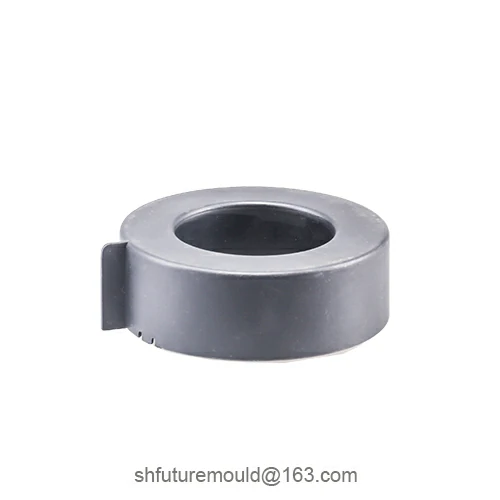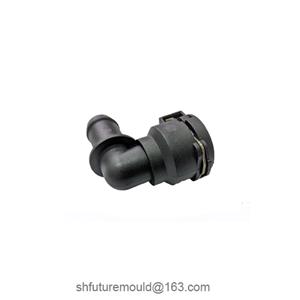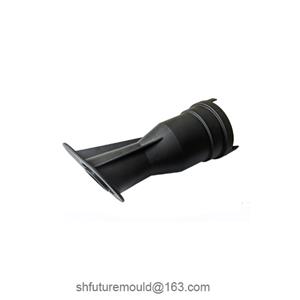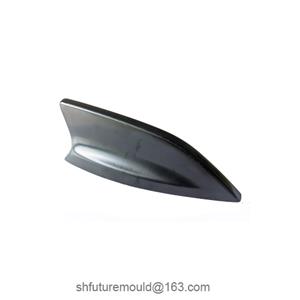Antistatic Agents in Injection Molding
The Hazards of Static Electricity
Plastic products are prone to generating static electricity due to friction, which can lead to dust adsorption, electronic component breakdown, and even explosions (such as in coal mining equipment). Adding antistatic agents is a common solution.
Mechanism of Action of Antistatic Agents
Internal Migration Type: Through the polar groups of molecules, environmental moisture is absorbed to form a conductive layer (the effect is significant when the humidity is >40%).
Conductive Filler Type: Conductive media such as carbon black and metal fibers are added to establish a charge leakage channel.
Addition Methods:
Internal Addition: Directly blended with the raw material, the addition amount is 0.1%-3%.
External Coating: The surface is sprayed with an antistatic coating, which is suitable for short-term needs.
Compatibility Control: Avoid phase separation of the antistatic agent and the matrix resin, which may cause "frosting" on the surface of the product.
Process Impact: Excessive addition may reduce the mechanical properties of the material (such as a 10%-15% decrease in impact strength).
Applications:
Electronic Packaging Trays: Permanent antistatic PC material is used, and the surface resistance is reduced to 10^8-10^10Ω.
Medical Equipment Housings: Non-ionic antistatic agents are added to ensure cleanliness in a sterile environment.
- Injection Mold
- Automotive Injection Mold
- Electronics & Electrical Injection Mold
- Consumer Goods Injection Mold
- Airplane Components Injection Mold
- Medical Components Injection Mold
- Irrigation Components Injection Mold
- Injection Molds




